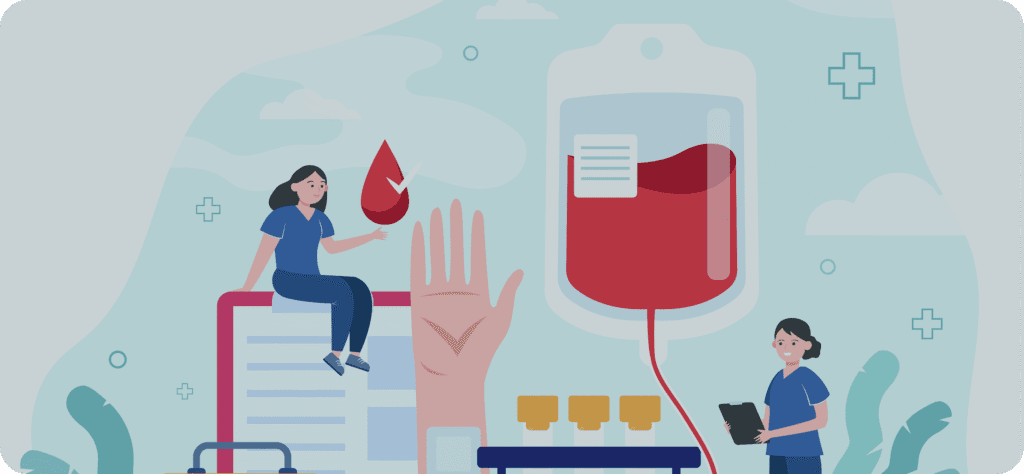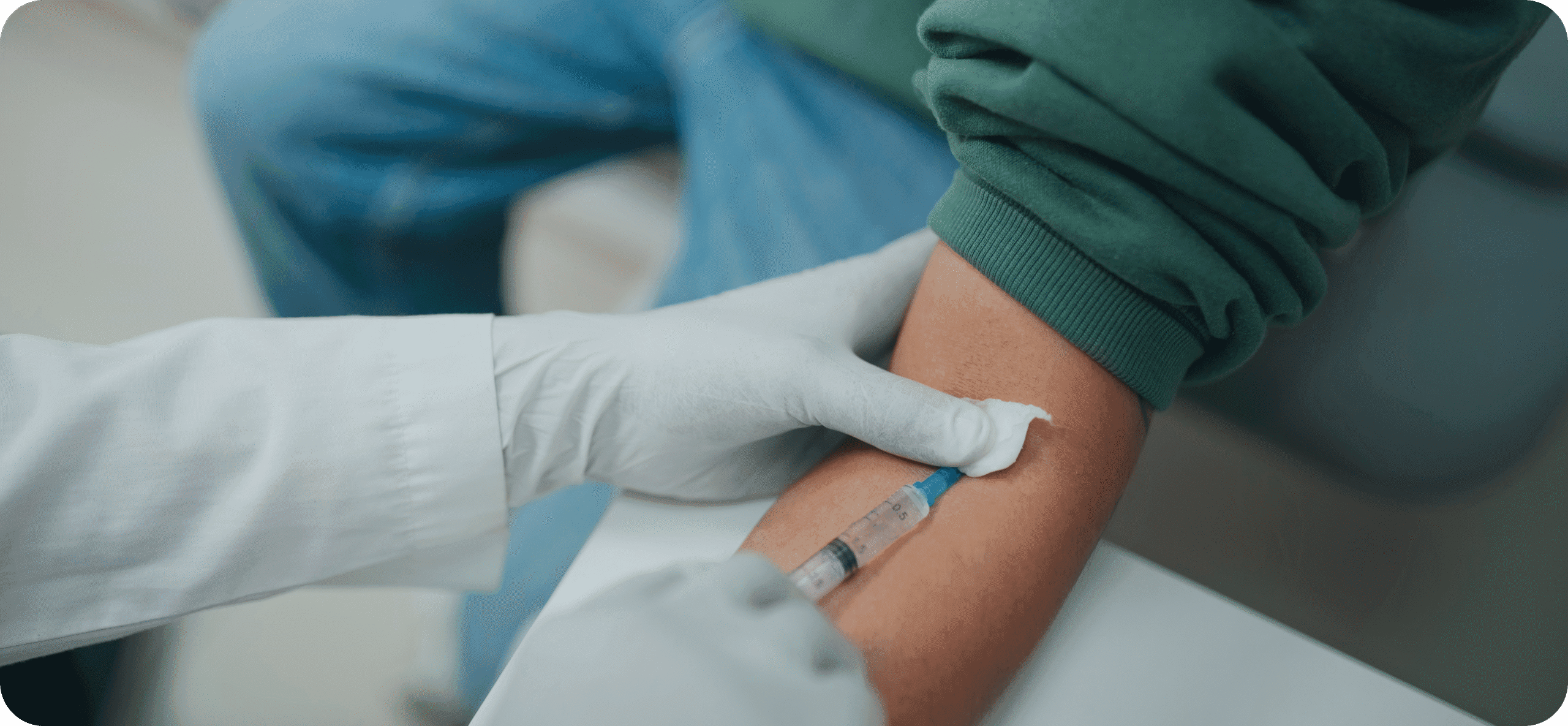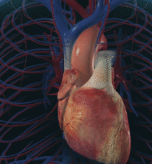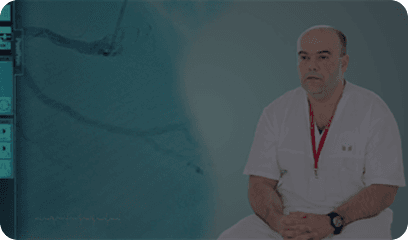Giving blood is the gift of life!
Without donors, many sick people would not be alive today. So far, no blood substitute has been discovered, so donation remains the only solution to meet the need for blood and blood components needed in transfusion therapy. Doctors and surgeons rely on blood donation to perform a range of life-saving and life-prolonging procedures on a daily basis.
The importance of donated blood
Donated blood can treat one million patients a year. An adult has about 5-6 liters of blood, but the volume can vary depending on gender, weight and height. Blood is kept in constant motion in a network of blood vessels - arteries and veins - that criss-cross the entire body, carrying oxygen and vital nutrients to the tissues and removing harmful substances that would accumulate and become toxic.
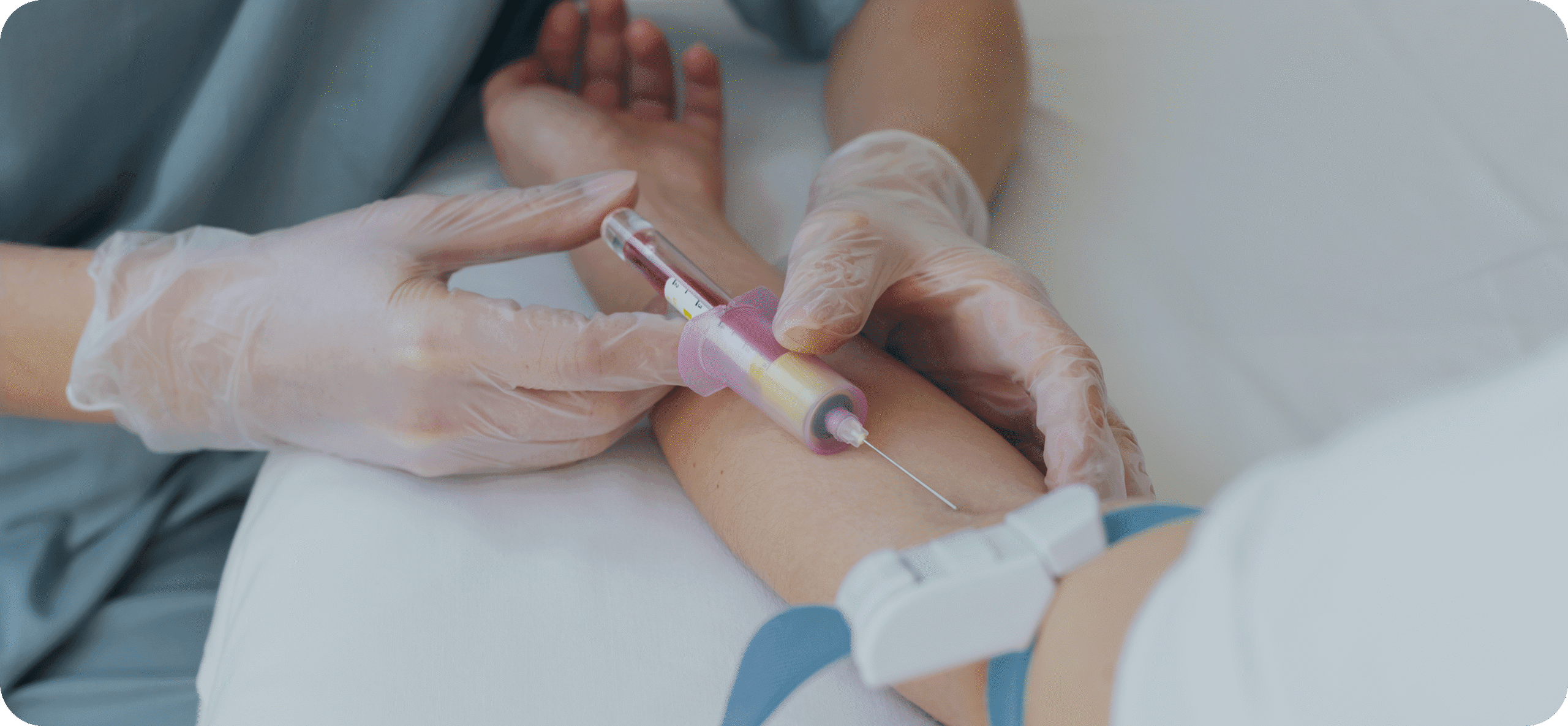
Plasma
Blood plasma makes up about 55-60% of the blood and is composed of about 90% water, 1% inorganic substances (mineral salts with essential ions such as sodium, chlorine, potassium, magnesium, phosphorus and calcium) and 9% organic substances (proteins, carbohydrates, lipids, etc.).
Plasma proteins play an important role in the body's defense through the immune system, in blood clotting, in maintaining a constant pH and osmotic pressure in the blood. Plasma is used to treat conditions that affect clotting factors, such as liver disease and burns. Many medicines are made from plasma.
Continuing Need for Blood
There is a continuous need for blood because of the short lifespan of its components. Three types of cells coexist in the blood: red blood cells (erythrocytes), white blood cells (leukocytes) and platelets.
Red Blood Cells - Erythrocytes
Erythrocytes are the most numerous cells in the blood and their main role is to transport oxygen from the lungs to the tissues and carbon dioxide from the tissues to the lungs. This process is made possible by the hemoglobin contained in erythrocytes. Anemia is the most common disease affecting erythrocytes.
Red cells are used in the treatment of anemia caused by acute bleeding from surgery, trauma, gastrointestinal bleeding, childbirth and other conditions that cause severe blood loss. Red cells are also used to treat chemotherapy-induced anemia or chronic anemia.
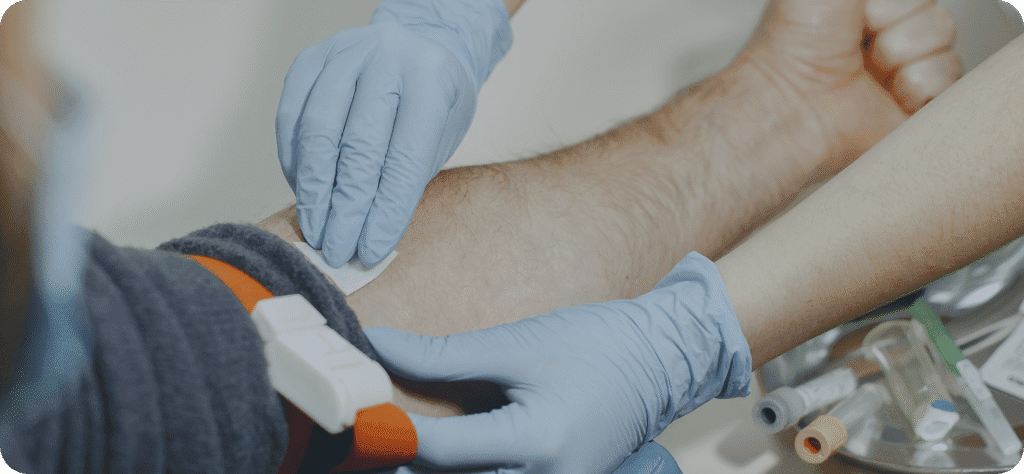
White Blood Cells - Leukocytes
Leukocytes are larger and fewer in number than erythrocytes and are responsible for defending the body against external agents such as bacteria, viruses and parasites.
Platelets
Platelets are the smallest cells in the blood and are essential for initiating the clotting process when a blood vessel is cut or broken. As soon as an artery or vein is injured, platelets in the area begin to join together and form a thrombus, which prevents blood loss. Platelets are used in replacement therapy in medullary aplasia, leukemias, post-chemotherapy and thrombocythemia.
Special thanks to the donors!
We would like to sincerely thank all blood donors for their selflessness and dedication. Without you, many people's lives would be at risk. You are true heroes!
